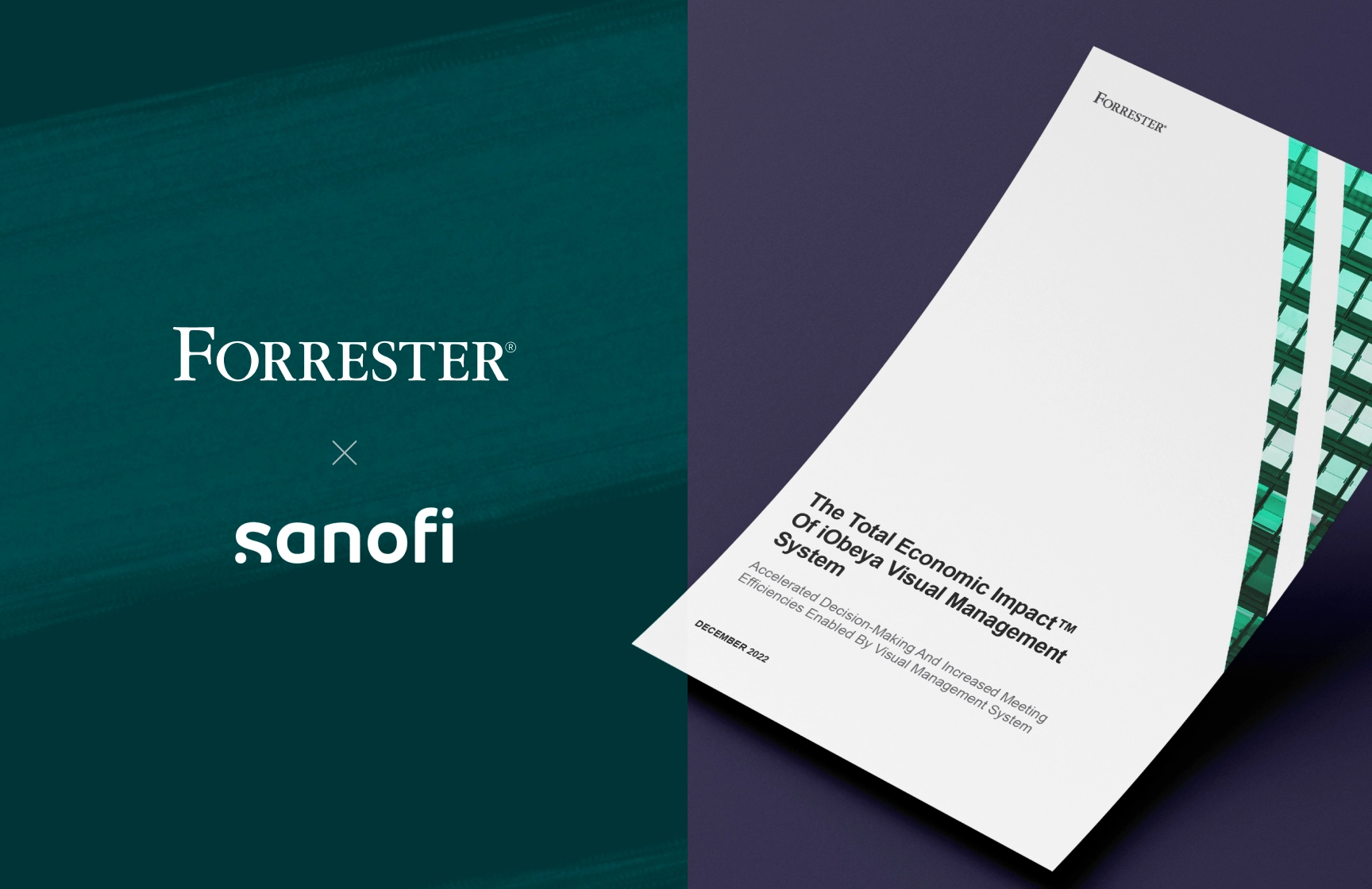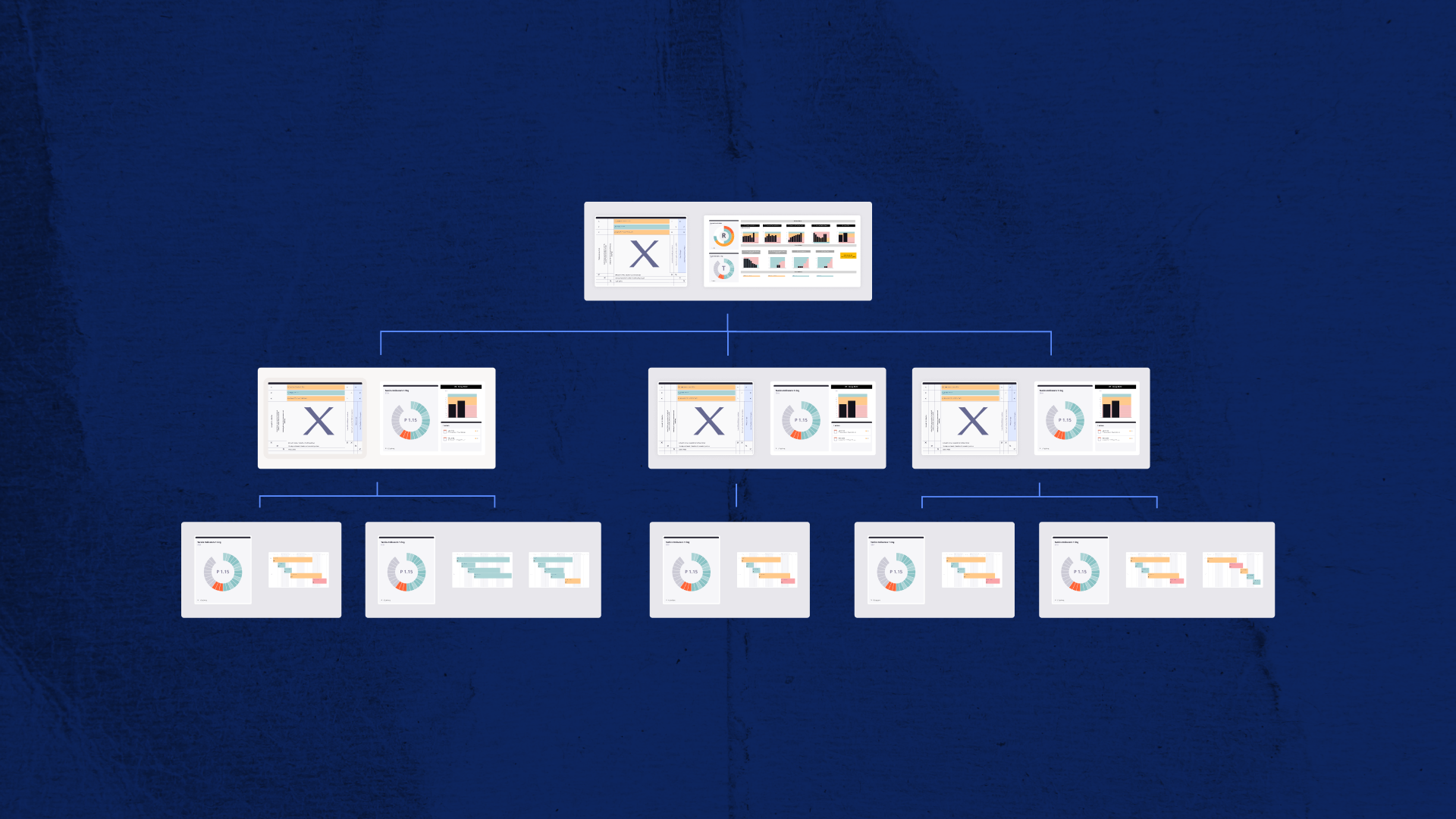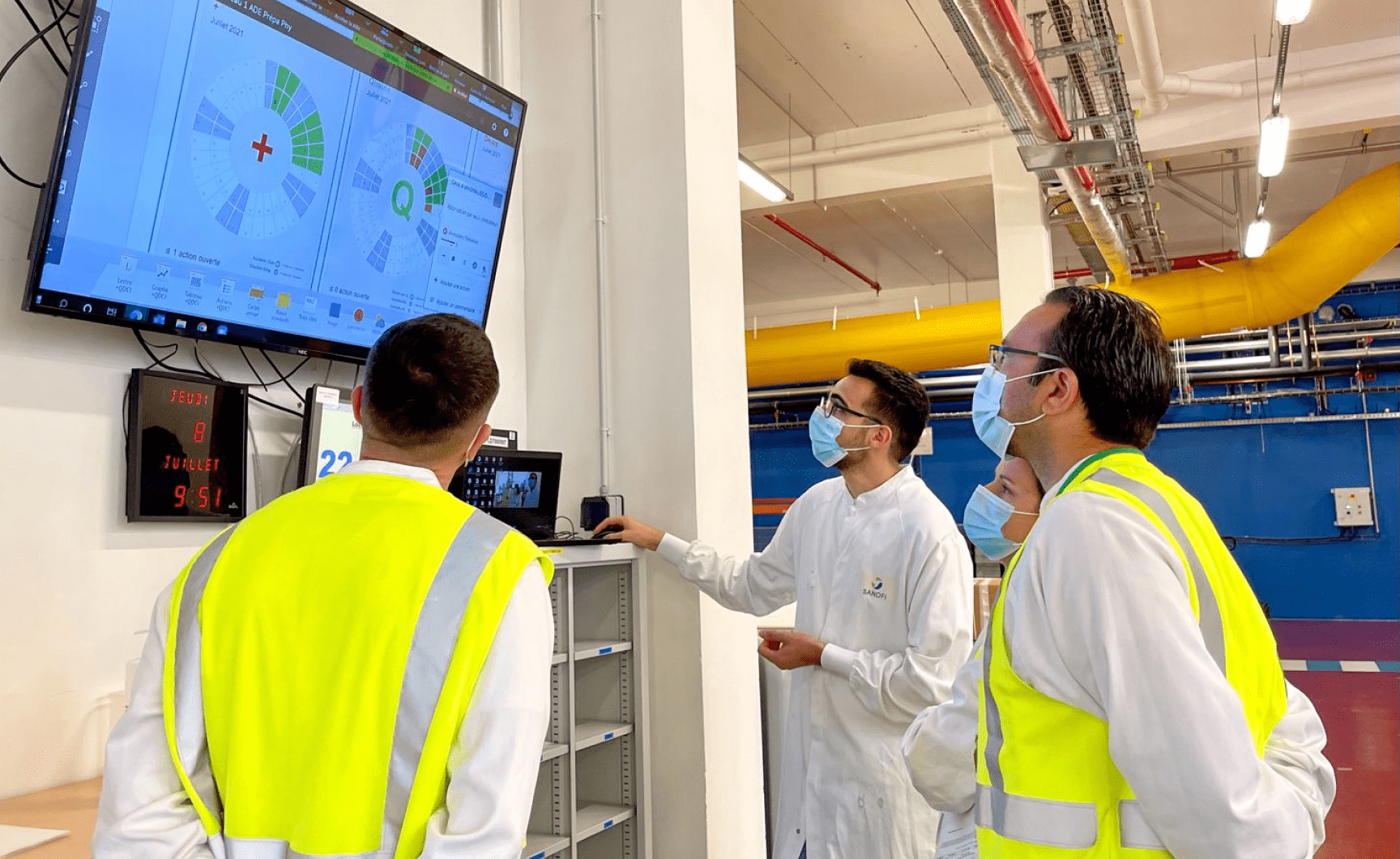Hey, let’s start your
iObeya journey!
Understanding the 5S Framework
Brian explaining the five components of the 5S Framework: Sort, Set in order, Shine, Standardize, and Sustain. These principles, originating from Japanese concepts, revolve around organizing workspaces, making them more efficient, clean, and orderly.
The Essence of Each "S" in 5S
- Sort (Organize): Eliminate unnecessary items or processes.
- Set in Order (Orderliness): Arrange things for easy access and use.
- Shine (Cleanliness): Maintain a clean and organized workspace.
- Standardize: Develop standardized approaches to sustain the organized state.
- Sustain: Establish discipline to maintain the achieved organization consistently.
Benefits of Implementing the 5S Framework for Operational Excellence
Brian highlights the substantial benefits organizations can reap by implementing 5S. Enhanced efficiency, improved morale, and increased overall productivity were among the advantages. Brian shares a real-world example from an airline hangar, emphasizing how simple organizational changes by placing colored tape on the ground to organize certain equipment led to significant improvements in efficiency.
Applicability Across Industries
5S naturally leads to waste elimination. Brian explains that even without explicitly targeting waste reduction, the systematic approach of 5S inherently results in a reduction of unnecessary elements, improving efficiency as a byproduct.
The Impact of 5S on Waste Elimination
5S naturally leads to waste elimination. Brian explains that even without explicitly targeting waste reduction, the systematic approach of 5S inherently results in a reduction of unnecessary elements, improving efficiency as a byproduct.
Challenges and Solutions of Implementing 5S
Addressing potential challenges, Brian highlights the importance of maintaining momentum throughout the 5S implementation. Visual cues, tracking mechanisms, and tangible progress indicators were suggested as solutions to keep teams engaged and motivated.
Overcoming Resistance in Framework Implementation
Resistance, while minimal, might stem from concerns about added workload or a lack of motivation. Brian advises to focus on what’s in it for individuals, emphasizing personal benefits and showing tangible improvements to overcome resistance.
How to Ensure Successful 5S Framework Implementation
Brian underscores two crucial elements for successful 5S implementation: motivation and intentionality. Teams need to be motivated by recognizing the benefits, and an intentional, systematic approach is necessary to ensure sustained success.
In conclusion, the 5S Framework offers a practical and universal methodology for organizations seeking operational excellence. By fostering motivation, maintaining intentionality, and addressing challenges proactively, businesses can unlock the full potential of the 5S Framework to create well-organized and efficient work environments.





